My extra-curricular subjects at university were always art. Give me architecture, civil engineering, gardens and all the art. I don’t know how many lectures I’ve heard on the Gothic period- the paintings, sculptures and all the beautiful cathedrals built during this time. One that came up time and time again was Salisbury Cathedral. If in Salisbury, it is but a short bus ride out to Salisbury Plain, a 780 km2/ 300 square miles chalk plateau, home to many interesting archeological artifacts, most notably Stonehenge, an extraordinary example of civil engineering. I was in the area, and I was not about to miss out on the opportunity to see both of these structures I have read and heard to much about. Both are utterly fascinating in their own way.
The main body of the church was completed in 38 years, from 1220 to 1258, an amazing feat considering its size. Due to the cathedral being built within this relatively short period of time, it has a single consistent architectural style, Early English Gothic. The famous spire was built in 1320, and has been the tallest church spire in the United Kingdom since 1561. The cathedral boasts the largest cloister and largest cathedral close in Britain. You can also find a clock with is one of the oldest working clocks in the world and view one of the four surviving original copies of Magna Carta. William Paye’s font in the nave is a beautiful modern addition to the cathedral and the reflections of the vaulted ceilings and stained glass windows in the water are breathtaking.
The cathedral close is well kept with beautiful buildings and quaint gardens to peek at. After walking around, I boarded a bus to take me out to Salisbury Plain.
I purposely chose one of the latest time slots to visit Stonehenge as I wanted to make sure I wasn’t enjoying my time there with hundreds of other tourists. First, I wandered through the museum which shows some of the artifacts that have been found in the area and depicts the history of the stones. Over the years, there have been many theories and new information is constantly being published. I believe we will never really know all the secrets these stones hold, and that is fine. Standing in front of the stones there is an amazing sense of awe. Knowing that there were once even more stones surrounding the ones still standing is mind blowing. There are hardly any words to describe the site.
*******
Where to eat:
Refectory Restaurant: It’s a self-serve restaurant next to the cloister which feels a bit like a canteen, but the food is good. I opted for the vegetable soup of the day served with granary bread and treated myself to a slice of carrot cake topped with a thick layer of cream-cheese frosting.
The Chapter House: Dinner was delicious and the atmosphere in the pub friendly, but skip the hotel or make sure you get a good room. Unfortunately breakfast was a dud, and I must have gotten the last room in the house. For whatever reason, was extremely hot and the kitchen vent blew loudly outside my window which made sleeping with the window open impossible and the air/con to cool the room was of no help whatsoever.

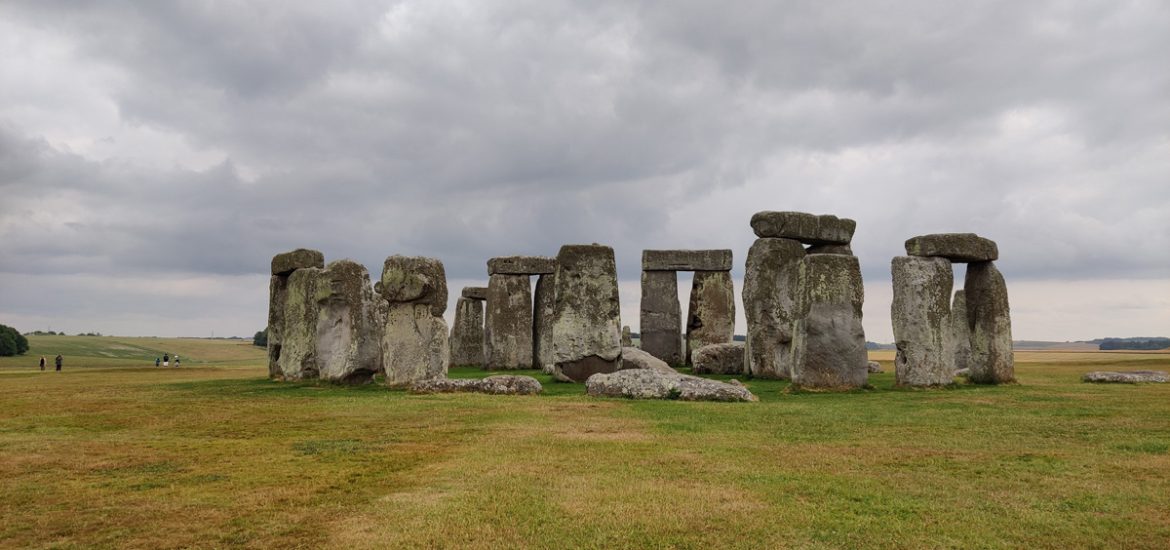
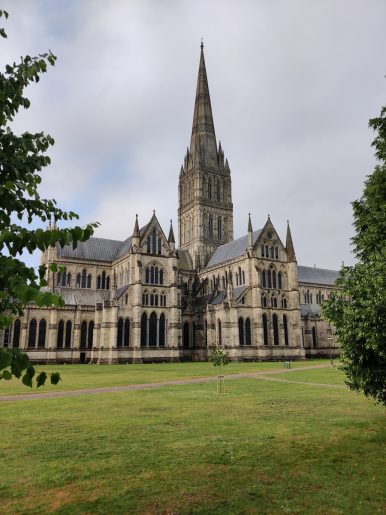
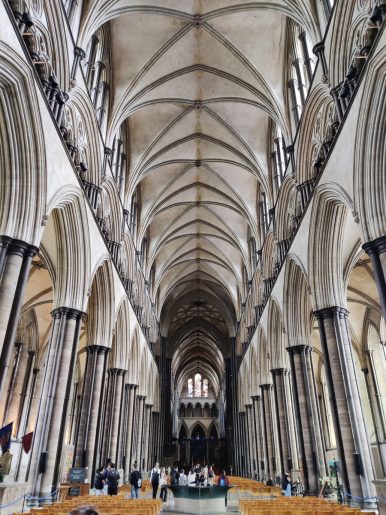
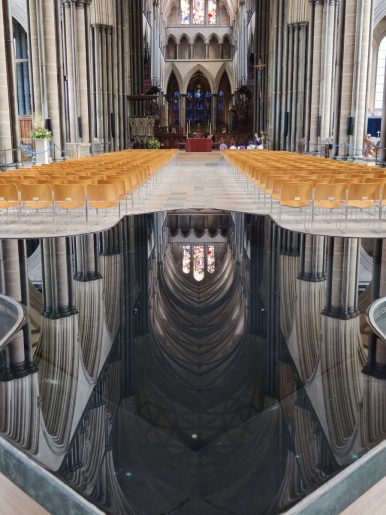
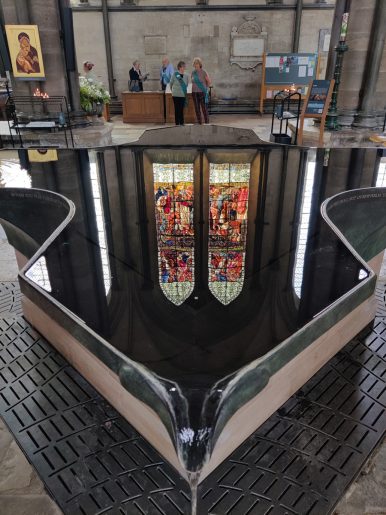
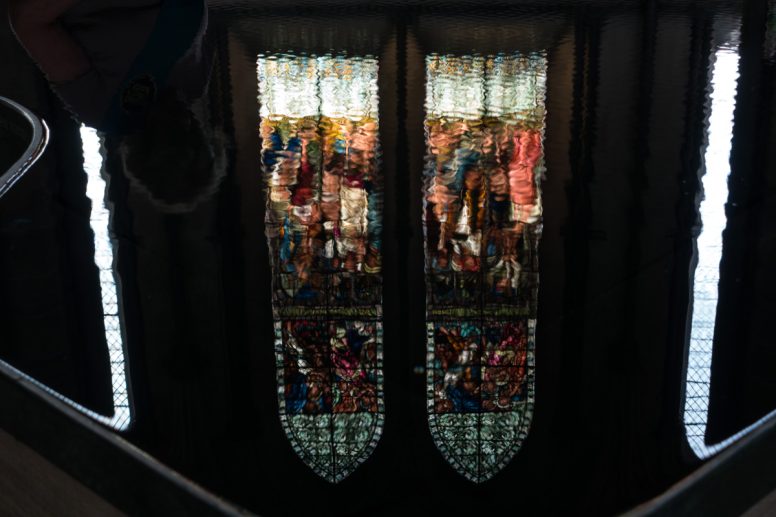
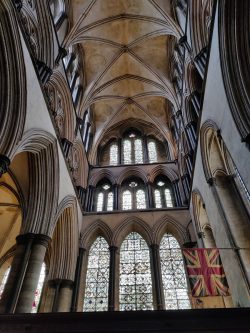
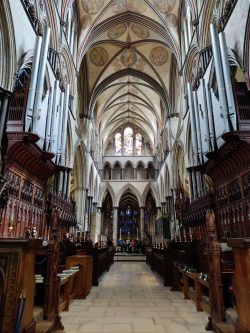
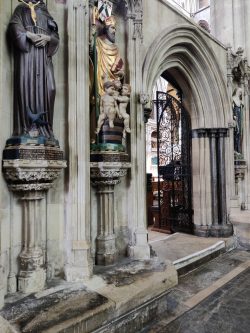
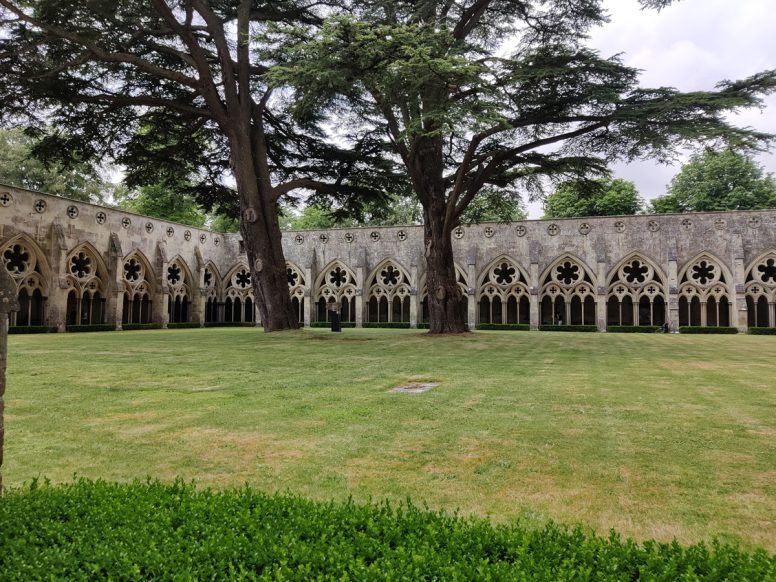
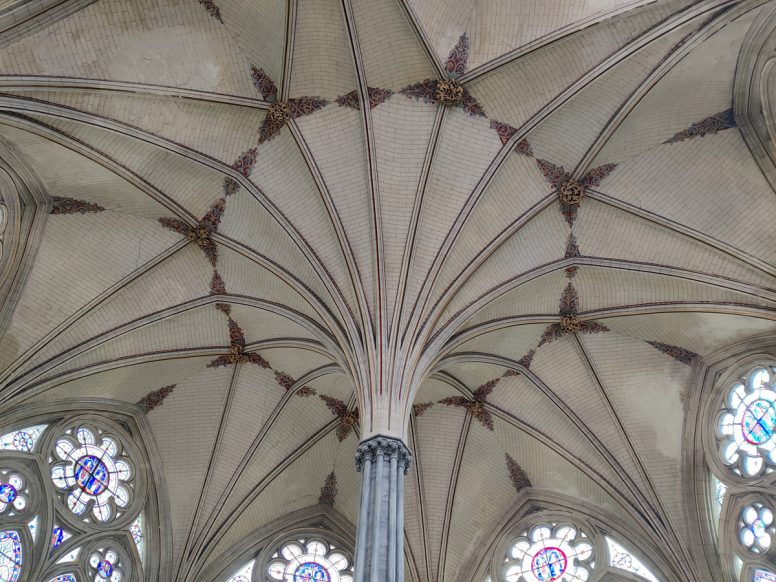
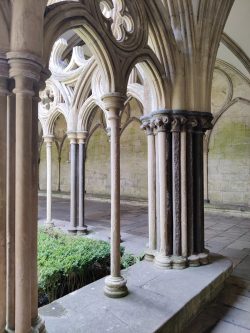
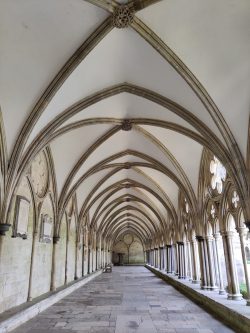
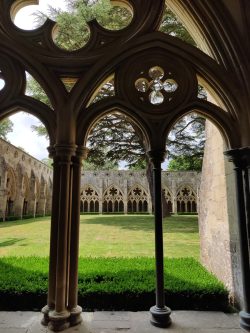
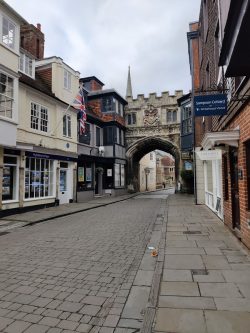
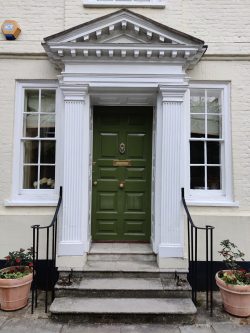
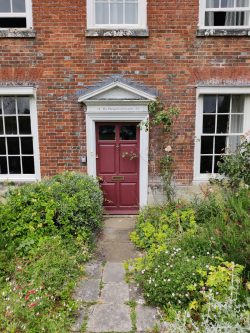
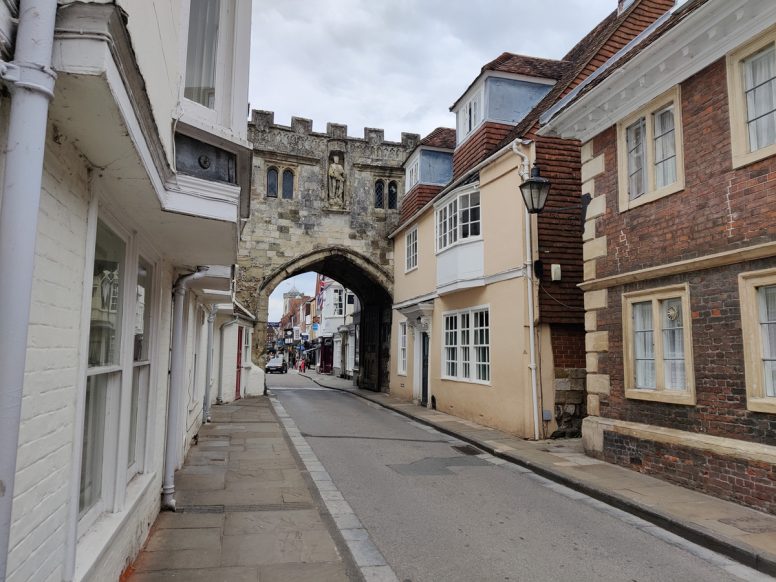
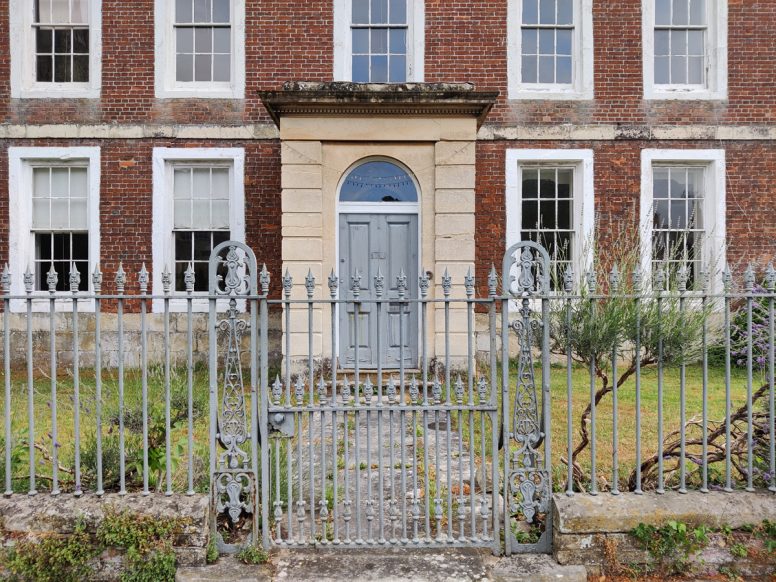
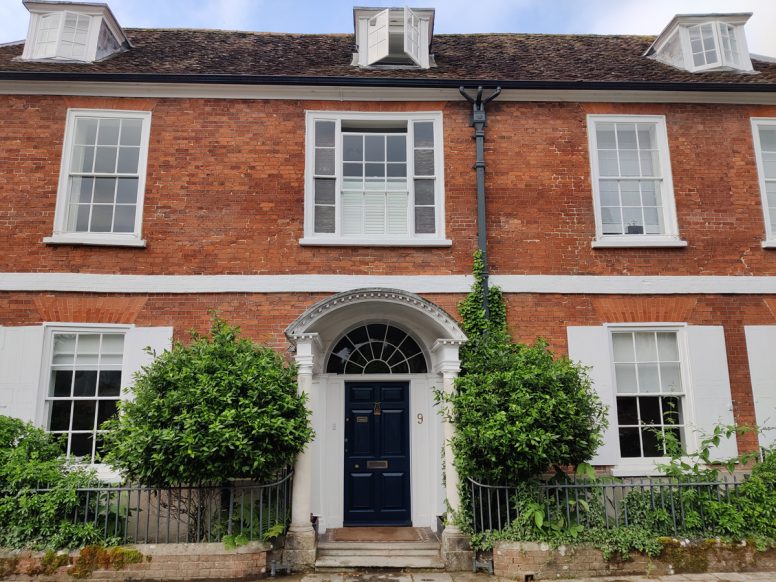
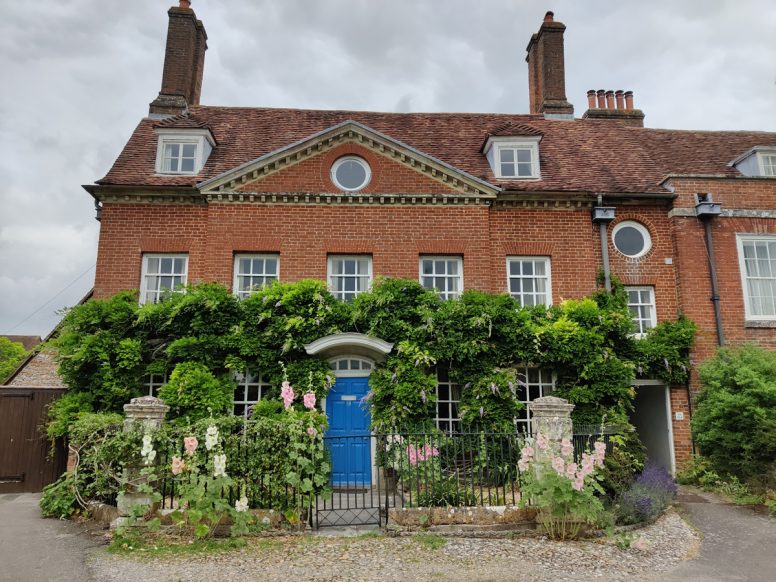
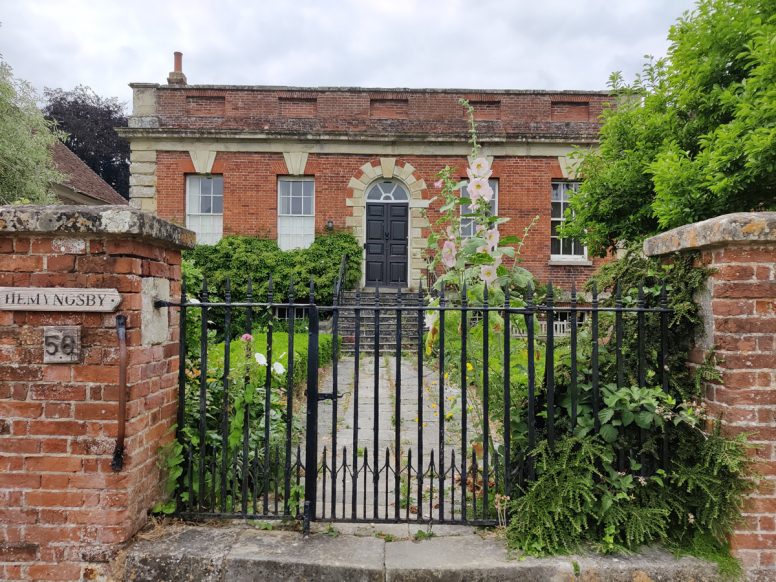
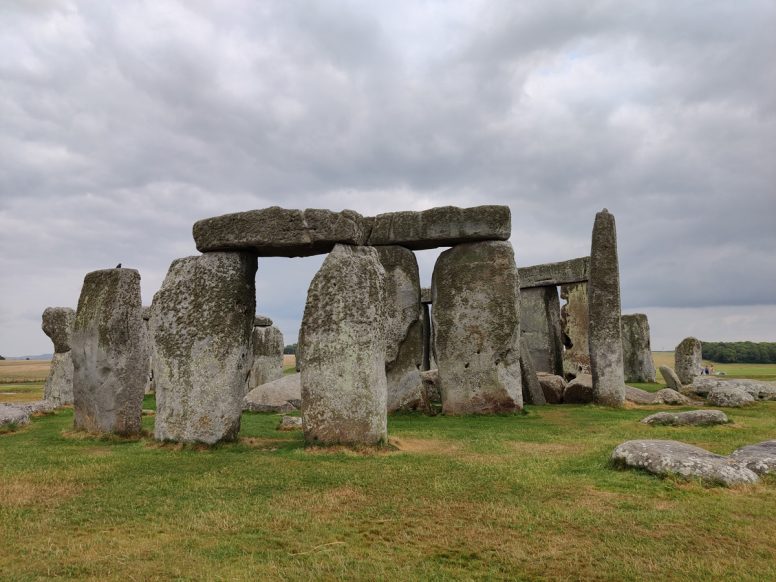
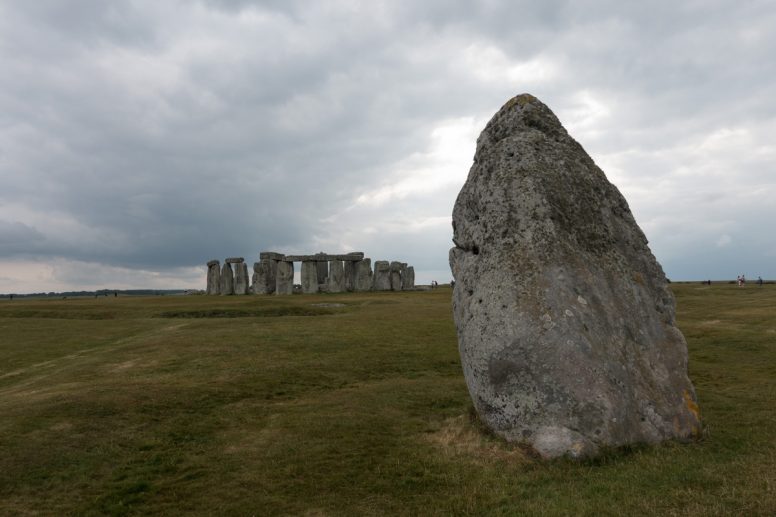
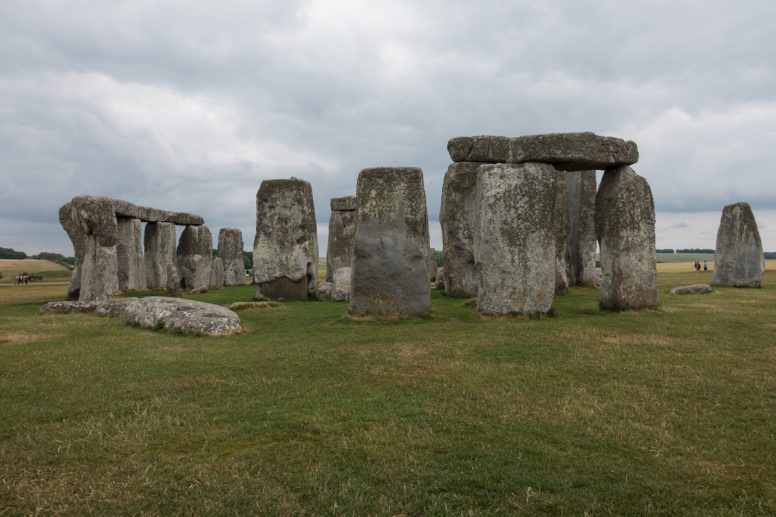
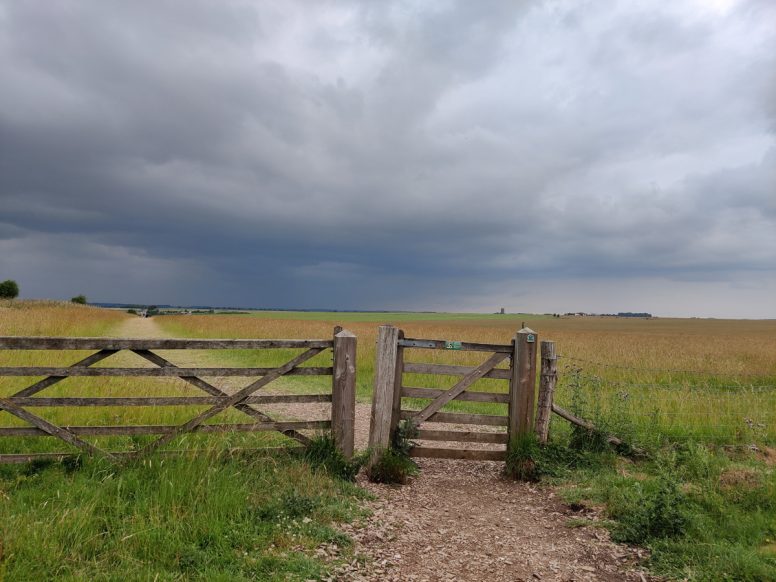
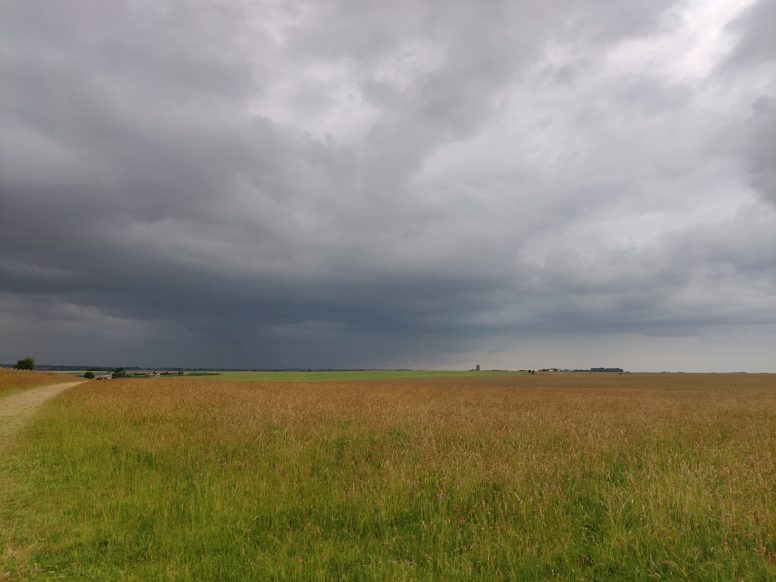
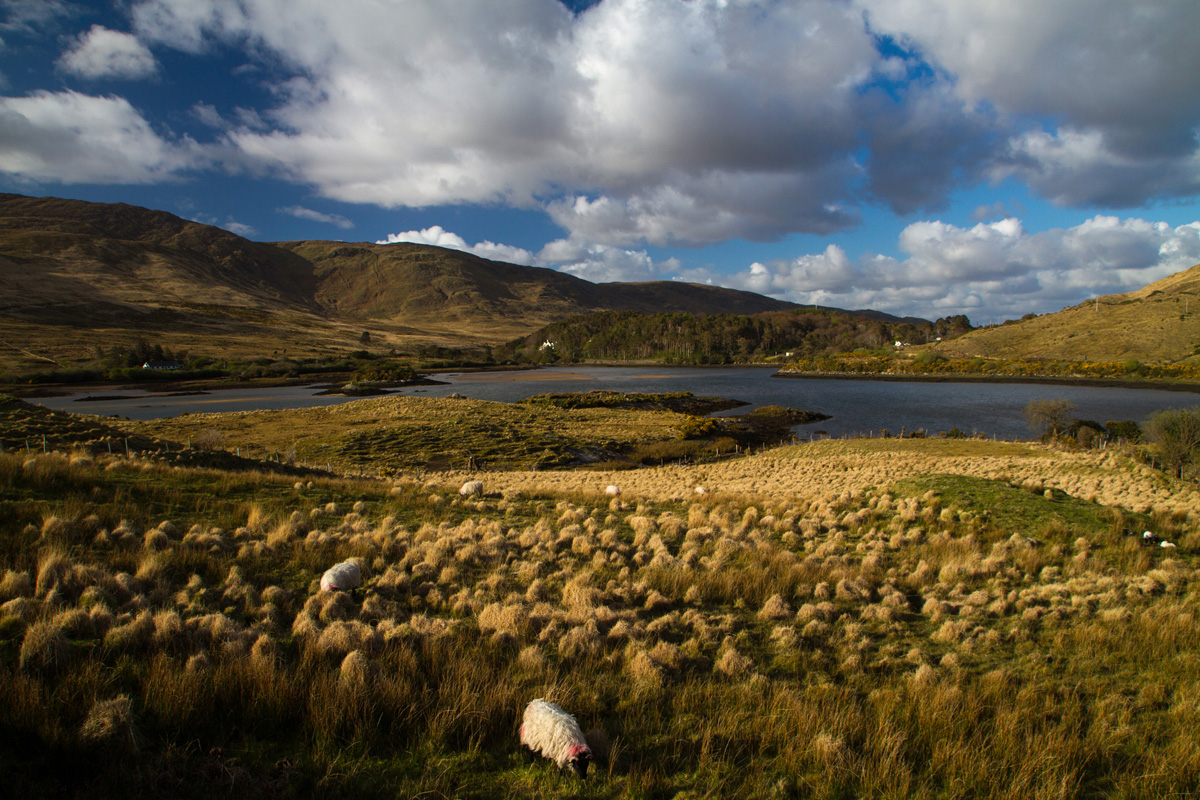
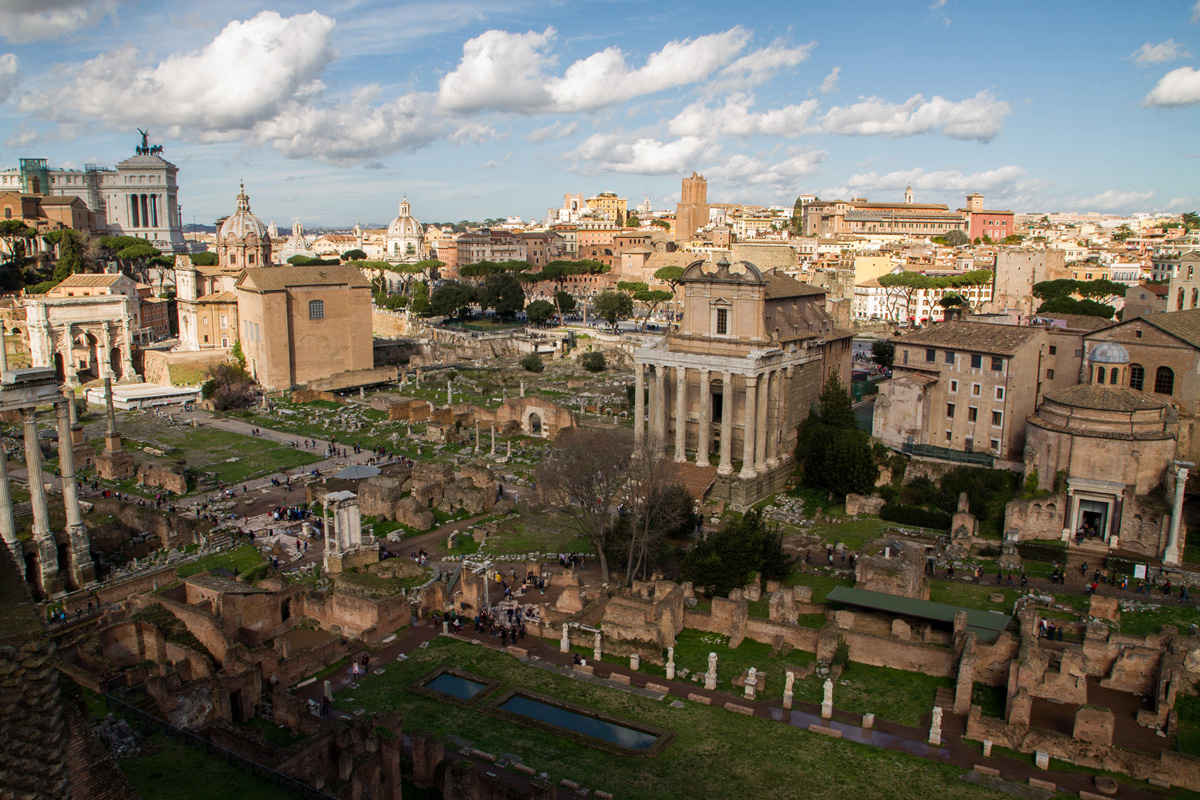
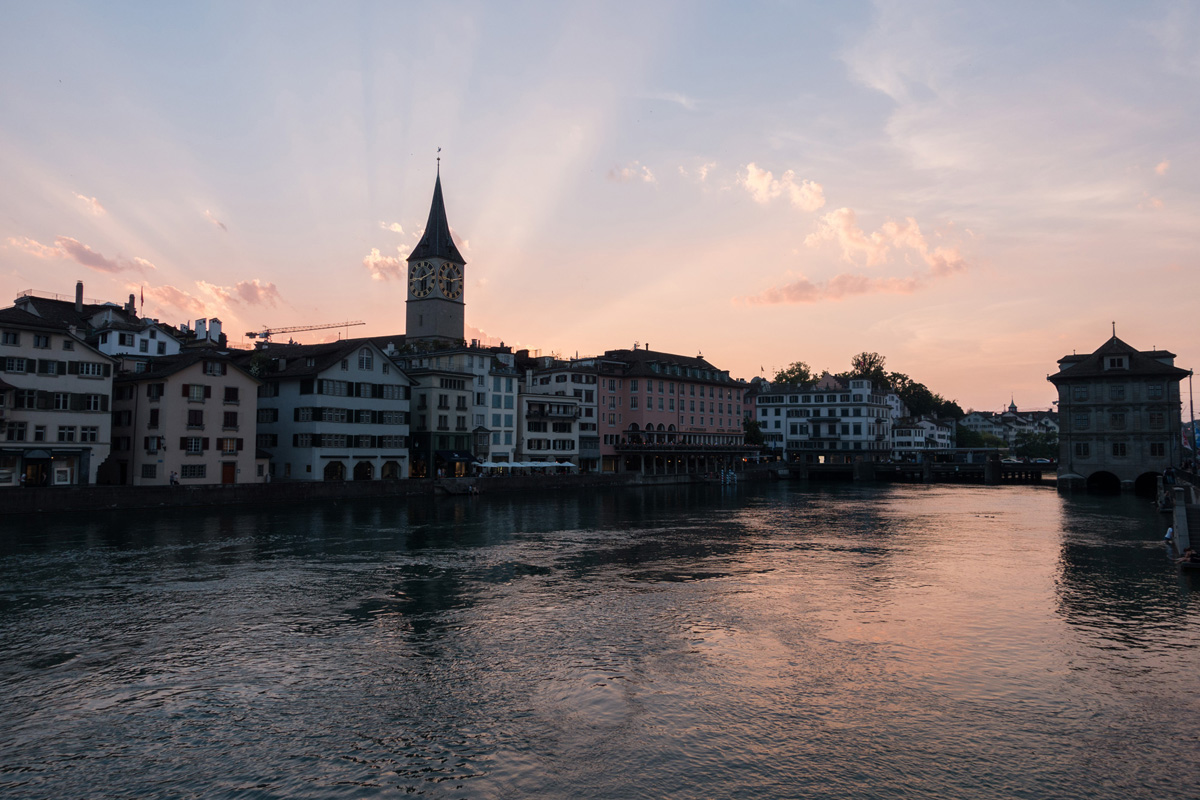
Your photos of Stonehenge are spooky and wonderful! Druids could be hiding there. And no tourists?? How’d you manage that?
Your photos give me such incredible wanderlust! You were vert canny getting there late to see the stones–so much better without the throngs!